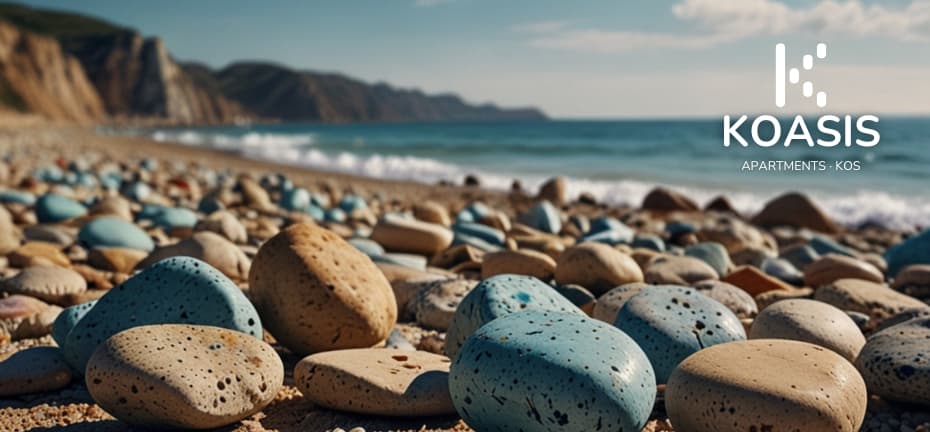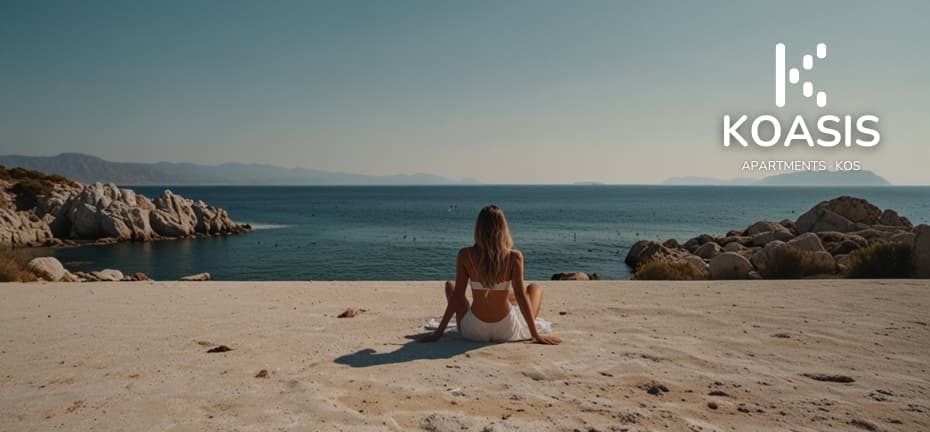10 Things You Didn’t Know About Kos Island

Kos Island is a gem of the Dodecanese, famous for its beautiful beaches, lively towns, and historical charm. But beyond the popular sights, Kos holds many fascinating secrets waiting to be discovered. Here are ten surprising things you might not know about this stunning island.
1. Birthplace of Hippocrates, the Father of Medicine
Kos is the birthplace of Hippocrates, the ancient physician known as the "Father of Medicine." Hippocrates revolutionized the medical field with his ethical standards and emphasis on systematic observations, which still resonate in medicine today. In Kos Town, you can visit the Plane Tree of Hippocrates, a historic tree where he is believed to have taught his students. This tree stands as a symbol of wisdom and healing, connecting the island to a legacy of ancient knowledge.
2. Home to One of Greece's Oldest Healing Centers: The Asclepeion
The Asclepeion is one of Greece's most important ancient healing centers, dedicated to Asclepius, the god of medicine. Built on a hill overlooking Kos and the sea, this sanctuary attracted patients from across the ancient world seeking treatment and healing. Visitors today can explore the ruins, which include temples, healing rooms, and thermal baths, all arranged across multiple terraces with panoramic views.
3. Natural Hot Springs at Therma Beach
Kos has natural hot springs, the most popular being Therma Beach on the eastern coast. Here, mineral-rich hot waters mix with the sea, creating natural thermal pools that are both relaxing and beneficial for the skin. Set against a rocky coastline and surrounded by dramatic landscapes, Therma Beach is a beautiful spot for unwinding and experiencing Kos's natural healing properties.
4. A Crossroads of Cultures and Architecture
Kos has a unique blend of Greek, Roman, Byzantine, and Ottoman influences, making it a truly multicultural island. In Kos Town, you'll find an intriguing mix of architectural styles---from the Castle of the Knights of St. John to the Ottoman mosques and Italian-era buildings. The diverse cultural heritage is evident in the town's layout, where ancient ruins coexist with medieval fortresses and Islamic minarets.
5. Historic Connection to the Sea Sponge Industry
While Kos is known for its beaches, the neighboring island of Kalymnos---just a short boat trip away---is famous for its sea sponge industry. Known as the "sponge-diving capital," Kalymnos has a centuries-old tradition of sponge diving. Many shops on Kos sell natural sea sponges, a unique souvenir that connects you to the region's rich maritime history.
6. Over 112 Kilometers of Stunning Coastline
Kos boasts more than 112 kilometers of coastline, making it one of Greece's most beach-rich islands. From lively, sandy beaches like Paradise Beach to the secluded, pebbled coves of Agios Stefanos, there's a beach for every preference. For a more family-friendly option, Mastichari Beach offers shallow waters and beachfront cafes, while Kardamena Beach is popular for its vibrant atmosphere and water sports.
7. A Summer Wine Festival in Mastichari
Each August, the town of Mastichari celebrates its annual wine festival, where locals and visitors gather to sample wines from Kos and other Dodecanese islands. This lively festival highlights the island's winemaking tradition, offering tastings, traditional music, and dancing. The wine festival is a unique opportunity to enjoy local flavors and connect with the community.
8. Kos: One of Greece's Most Bike-Friendly Islands
Kos is a haven for cyclists, with dedicated bike paths stretching across the island, especially in and around Kos Town. The flat terrain and mild weather make it perfect for leisurely rides or exploring the coastline on two wheels. Renting a bike is an easy, eco-friendly way to get around and discover hidden spots while enjoying the scenic landscapes.
9. Ancient Olive Trees Over a Thousand Years Old
Kos is home to olive trees that are said to be over a thousand years old, particularly in the village of Antimachia. These ancient trees have witnessed the island's history unfold, standing as living monuments to Kos's agricultural heritage. Visitors can stroll through olive groves, learn about the island's olive oil production, and even taste locally made olive oils, which are prized for their flavor and quality.
10. Island-Hopping Adventures to Nearby Gems
Kos is ideally located for day trips to nearby islands in the Dodecanese. Nisyros, with its active volcano, offers a unique experience where visitors can walk along the edge of a volcanic crater and feel the heat rising from beneath. The village of Mandraki on Nisyros is charming, with white-washed buildings and picturesque alleys. For a different experience, head to Kalymnos to explore the rich sponge-diving tradition and scenic harbors. Pserimos, a small island with crystal-clear waters, is perfect for a peaceful beach day away from the crowds.
Kos Island is more than a summer destination; it's a place rich in history, culture, and natural beauty. Whether exploring ancient ruins, relaxing in hot springs, or tasting local wines, each experience uncovers a new facet of this fascinating island. Embrace the hidden treasures of Kos and let its unique stories enrich your journey.

